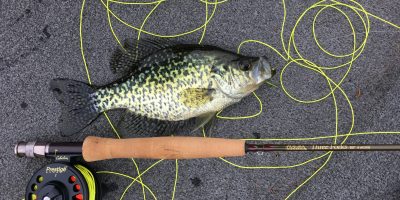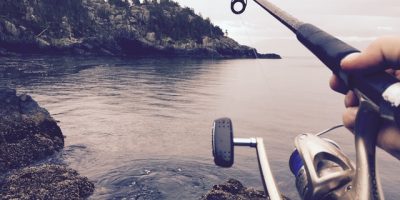Fishing is not just entertainment. If you enjoy fishing, you’ll have a whale of the moment. But we’re are all concerned about one thing; storage. We have the hard-earned fish, but we are out of room to hold them all. It’s like dumping everything you have worked hard for. It’s why you should know how to keep fish on a kayak!
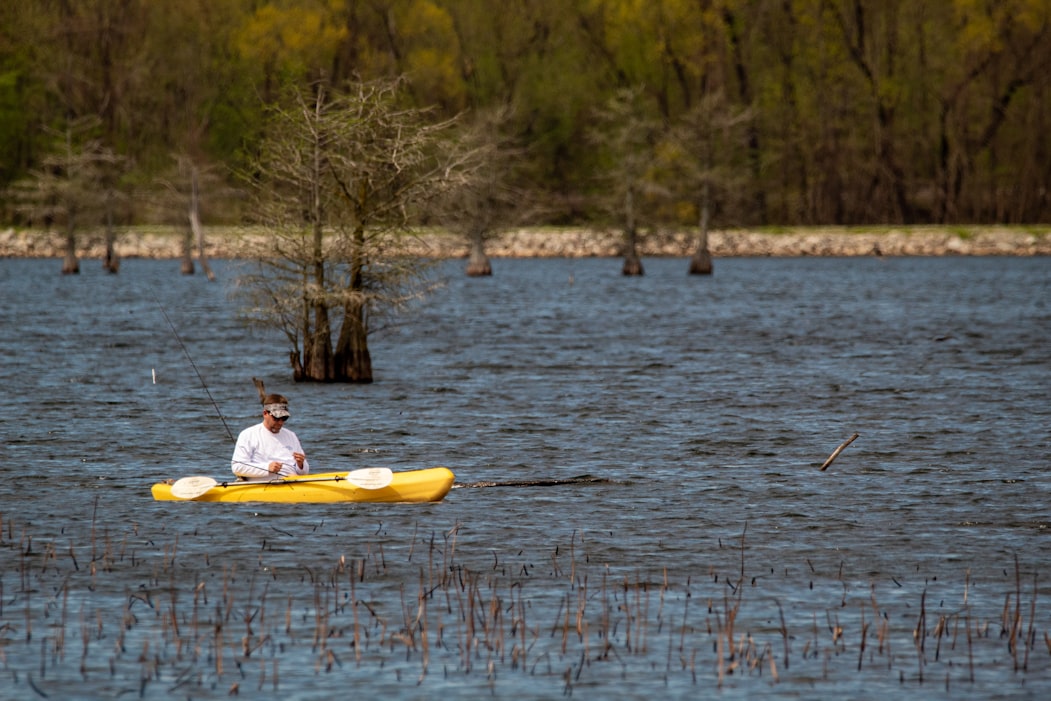
How To Keep Fish On A Kayak
After the thrill of your catch successfully, you’re faced with two choices: either keep the fish and eat them later or let it go. However, these two options pose their challenges, especially in a fishing kayak, where storage and maneuverability are minimal.
Your catch needs to be handled in a manner that means that it is safe and out of the way when the fish are released without damaging it. Here’s how to keep fish on a kayak so that you can make the most out of your catch!
How To Keep Fish On A Kayak: A Wet Towel
This trick is not going to work in warm weather. Best to use this trick when the weather is pretty cold, as fish must be frozen for healthy consumption at 40 degrees or below. Think carefully before using this technique to prevent cheating when capturing a fish.
Take a handy towel on your kayak. When you capture a fish while fishing, seal it and hold the fish inside immediately. This method will extend your catch freshness for a couple of hours.
This approach can’t be the best way to keep your fish, but it can be an excellent way to keep it fresh before cooking. Place your fish-towel-burrito inside your hatch or fishing boat, and just keep fishing. Remember always, use this trick if you fish in cold weather.
How To Keep Fish On A Kayak: Coolers
You may have a cooler and keep water on ice inside if you are going to be out in this heat. Yet melting ice is also not your mate. So a trick my wife uses is just to freeze plastic bottles of water. Not only is the ice rock solid, but the cooler stays dry when it melts.
Yet drinking some ice water doesn’t harm anybody when paddling. The downside of coolers is that they are generally well contained in the reservoir. It’s easy to reach, but in the summer sun, they take a toll. A better step is to put the cooler underneath the deck.

There are various types of coolers manufactured each day, but traditional cooler kayak fish storage is the easiest to find. Any fresher can work as long as it is small enough to fit on your kayak deck. The seat behind them is the place in which most anglers reach them.
Please note that when you fish under the sun’s heat, you should not find that your ice will last long unless it is rocked with a high-end cooler with plenty of insulation.
To add more detail, fill or line up the bottom of your cooler with frozen water bottles to reduce any mess made by the mixture of fish blood, slime, and melted ice. The containers can be repeatedly recycled. Save ice water!
Premium coolers are, as predicted, more costly than regular ones. The extra-thick insulation holds the ice in good shape even under the sun’s pressure, within a 40 degree or less safety range.
How To Keep Fish On A Kayak: Stringers
Some kayaking anglers swear strings to keep their captures fresh, while others scorn this strategy. You don’t have to think because you’re lugging a cooler with you for big fish, but the downside is that it can affect your monitoring if you have a big fish attached to your kayak.
You will always find that you will be much slower in the water by using strings in the water, and there is still a chance that you will attract predators using this process.
However, this may not be a problem for anglers who fish slowly and keep to the water where no brazen predators lurk. One situation you want to avoid is when fishing in saltwater, where there are sharks. A dead fish is much worse than the one that is appropriately frozen in ice, so the temperature of the water is still significant.
Naturally, string fans will point out that not having your catch in the kayak is much safer for cuts and bites. On the other hand, detractors argue that the fish may be hurt by dragging on a stringer, and there is also a more significant risk of losing your catch.
How To Keep Fish On A Kayak: Tips On Keeping It Fresh
If you have picked a stocking process, your catch should hold even longer until it is washed and fried. However, you can do a few things to enhance the taste and quality.

The Gaff
Do the best never to gaff a beef dish. Take a headshot always. This not only prevents waste but also helps to prevent fish from thrashing and bruising the meat.
The Head Shot rule will not be excepted; you will never get a headshot of such fish like Halibut or Dorado, as the gaff always bounces off their rough scull. When you gaff these fish, you want to go to another area.
A gutshot is a way to go with halibut. Not only does the gaff sink, but the fish will also be frozen for a brief while, allowing you to bleed and protect your catch quickly.
Stun
Just like the gaff fired, a fast kill would increase the meat’s consistency by stopping the fish from pursuing and scratching the meat. Even a fish that dies rapidly doesn’t emit toxins like a slow death into the meat.
Bleeding Method
Bleeding fish dramatically improves the flavor of fish and helps prevent the breakdown of meat as quickly. It is also essential for sashimi fish. Although there are different ways of bleeding fish, choose to cut it across the collar/throat and cut the blood vessel between the heart and the gills.
After making the slash, permit the fish to bleed for several minutes and then wash the slash area to prevent clotting. After the fish has finished draining, place the fish in your bag or cooler immediately. Make sure the backbone is bent as little as possible.
A Brief Guide To Kayak Fishing
The origins of kayaking go back thousands of years to when food hunters were looking for alternatives to the hard work of ground caught dinners.
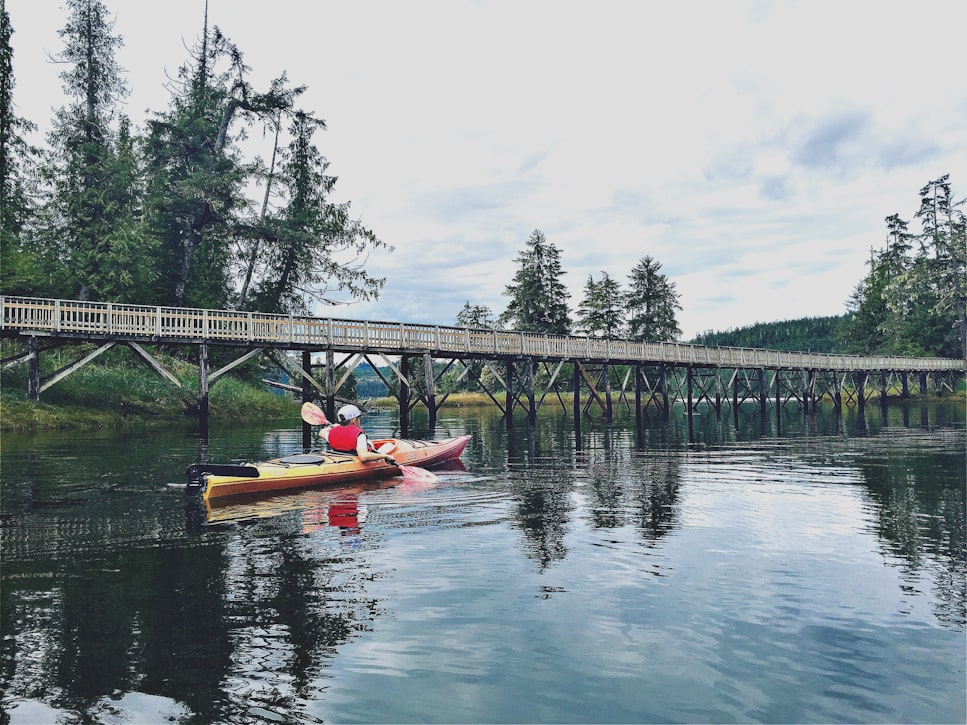
The sport is now much more a leisure practice, and the fish are smaller – but often, kayaking fishers are shocked by whales and other animals swimming in the water. Over the years, kayaking hasn’t changed much. It’s basically you and a fish in a war tug.
You need a fishing kayak to get started. More costly kayaks are fitted with pedals or electric drives that make it easy to travel quicker and further. A drive also makes fishing easier, so you can react quickly and keep the line tight when a fish strikes.
Whatever the way, it is propelled, size, stability, and weight when choosing a kayak. Seek to rent or lease a few different kayaks before you invest in them and see what suits your needs and budget the best.
Size Matters
The most popular length is approximately 12 feet. The theory is that longer and narrower kayaks are more robust, and shorter and broader kayaks. The choice of the right paddle is almost as critical as the choice of your kayak.
You want a complete length when looking at paddles that help you touch the water quickly but not as long as it is misleading. The suggested length varies depending on the height, boat width, and paddling, but for most people, a decent starting point is around 250 centimeters.
Stability
A sit-on-top, also called a SOT, is the most common style for kayak anglers. This kind of kayak is a platform that does not sink and can be removed easily if you fall in. It usually always has a bent chair. The other kind, called a sit-in, can quickly be filled with water when overturned.
Weight
After fishing all day, dragging a big kayak back to the car is the last thing you want to do. Kayaks in a pedal style usually have removable mounting wheel units that allow you to pull the kayak from the car to start.
Casting To Catch
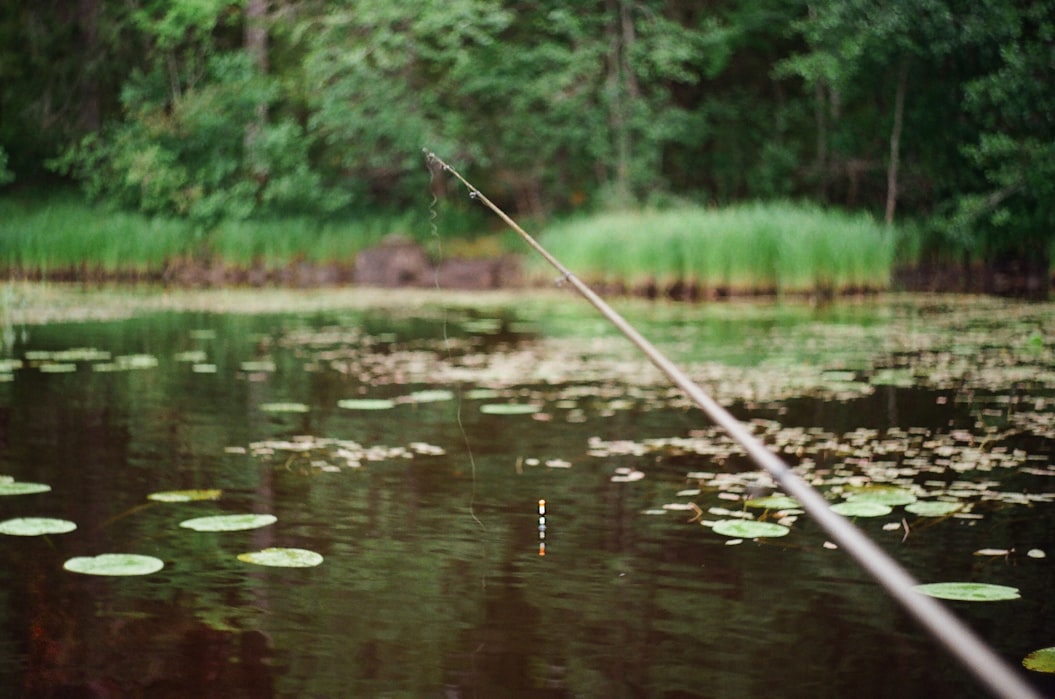
Your first casting out of a kayak is typically a little uncomfortable. The boat will wobble in which you can believe it is shaky and ready to shake. It might seem better to tell than to do, but you have to try to relax and trust your ships.
Your kayak design has initial and secondary stability. The first comfort is that the boat lies flat in the water while you stroke. Primary equilibrium happens as the boat leans, for example, as you move suddenly. This is the stability you must have confidence in.
Loosen your bottom half and let the boat roll side by side under your legs. Facilitate your casts while you get confident. Make lobs fast, good lobs. Stay loose on the boat and get your lure to land in the water softly.
Final Words
It is essential to keep the fish healthy, but not all approaches can work well for all fishermen. Many aspects play a significant role in the survival of your fish. It includes the size of your kayak, the environment, the waters you fish with, and the kinds of fish you bring. Some fishers also use strategies such as hold their vehicles alive and paddle with big catches they want to stay alive. Know what strategies work for you when you come home with fresh fish at the end of your fishing excursions.

